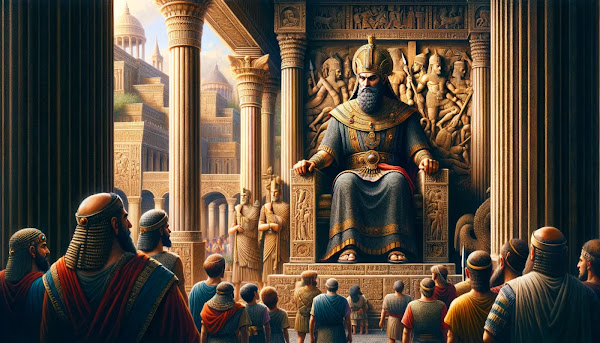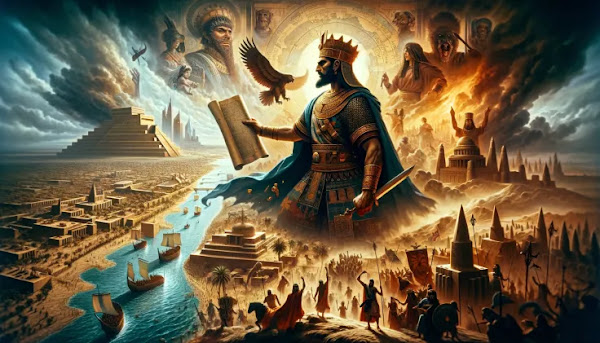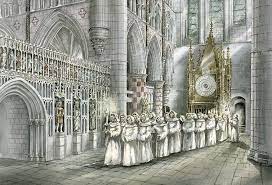Assyrian contemporaries of Ramses II ‘the Great’

by Damien F. Mackey According to the typical conventional estimation of Egypt’s Nineteenth Dynasty: https://www.historyskills.com/classroom/ancient-history/anc-ramses-ii-reading/#:~:text=Ramses%20II%20also%20formed%20alliances,coast%20of%20Egypt's%20Nile%20Delta. …. When Seti I died in 1279 BCE, Ramses II was only about 20 years old. He succeeded his father to the throne and became Pharaoh of Egypt. During his early reign, Ramses II faced many challenges. There were rebellions in Canaan and Libya. The Hittites were also a constant threat, as they continued to try and expand their empire. In order to protect Egypt's borders, Ramses II needed to build up his army. He did this by conscripting soldiers from all over Egypt and training them to be loyal and disciplined soldiers. Ramses II also formed alliances with other countries in the region, such as Babylon and Assyria. …. [End of quote] Checking the standard Assyrian king lists, the beginning of the reign of Ramses II...





